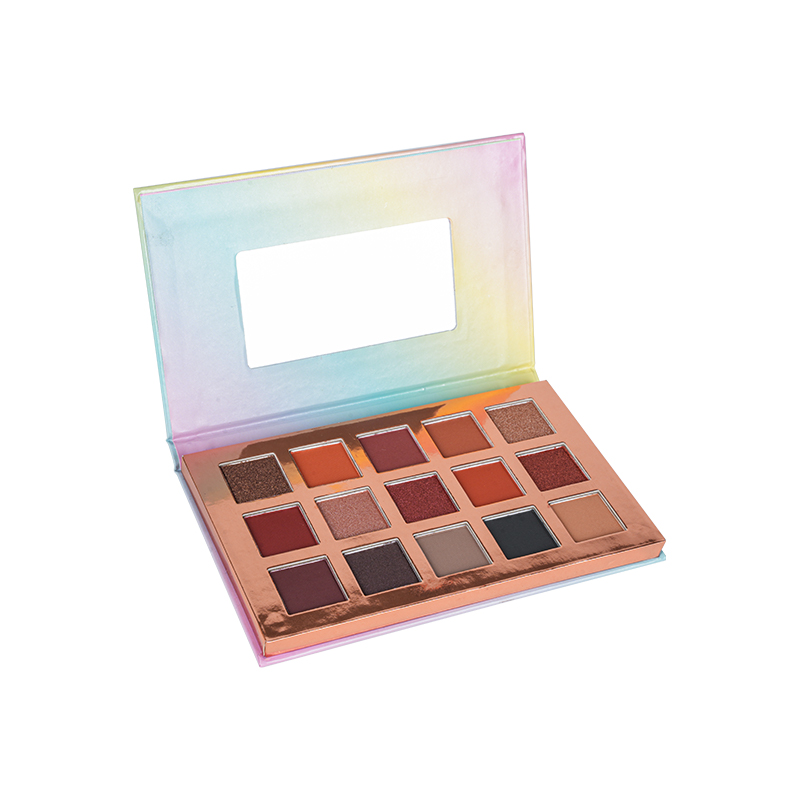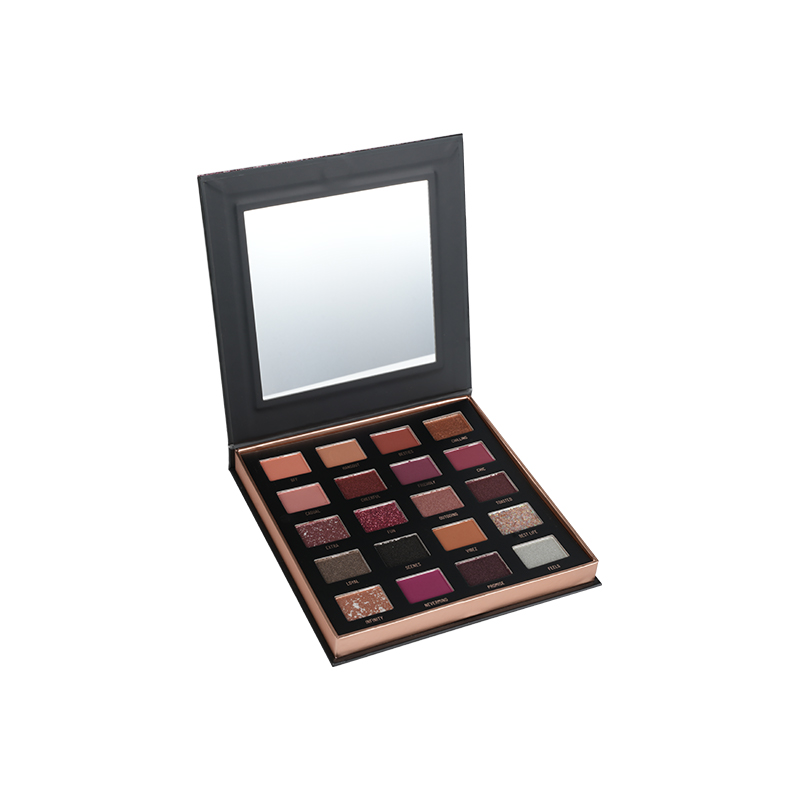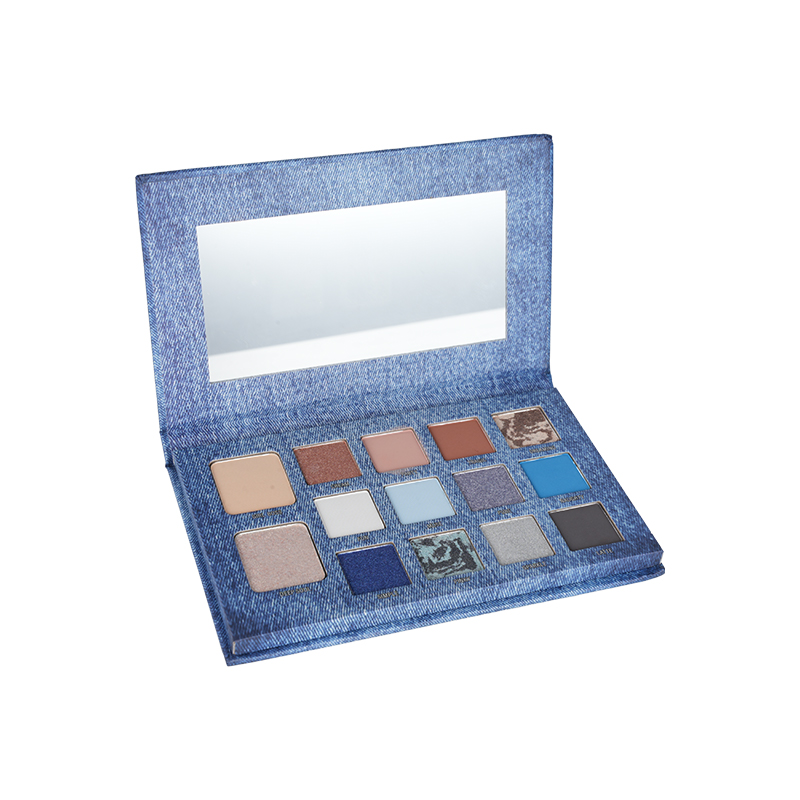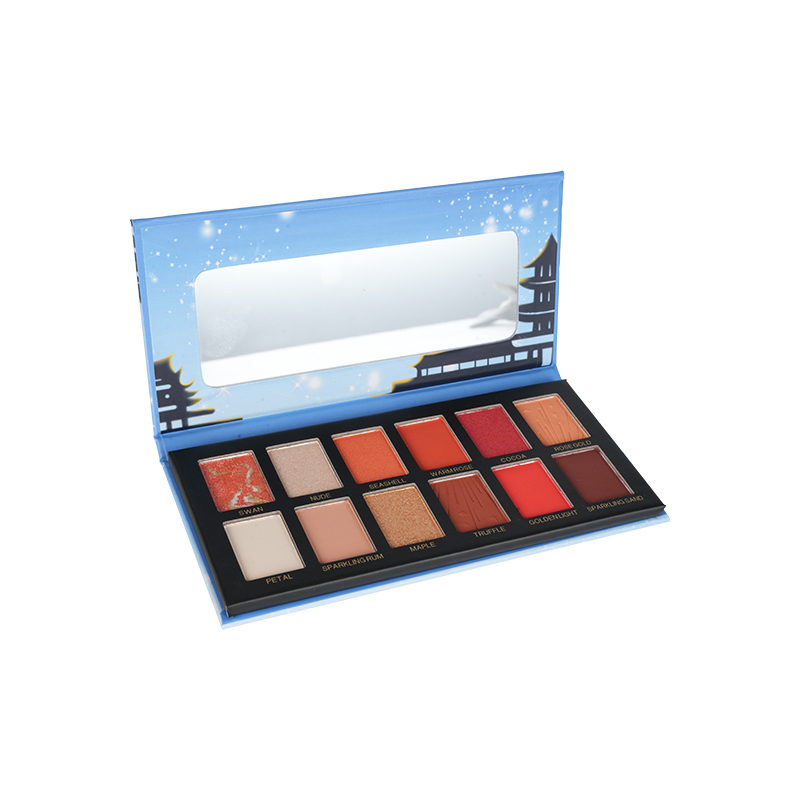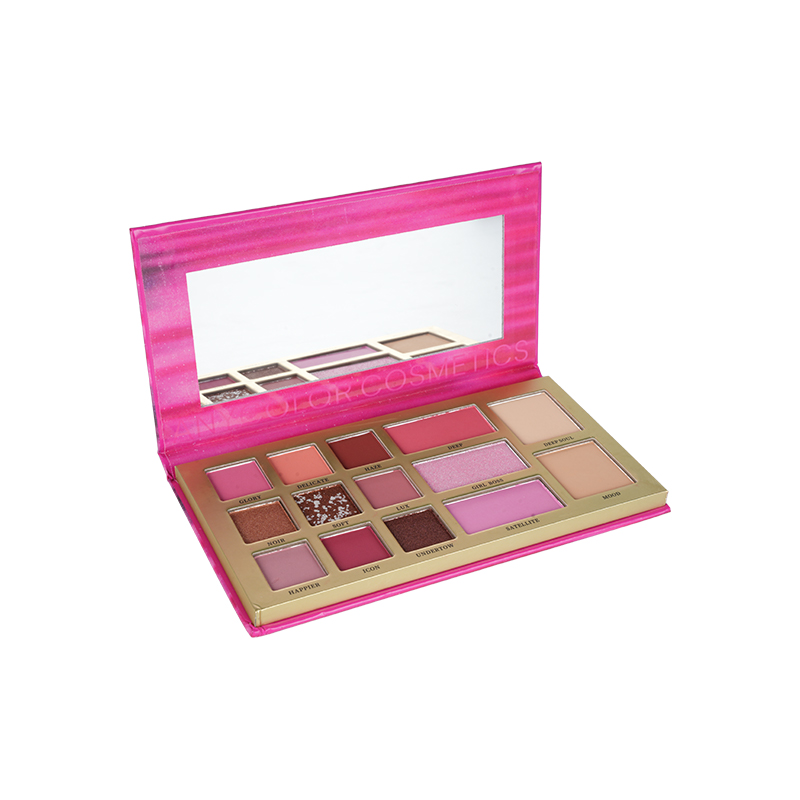In the dynamic world of cosmetics, color consistency plays a crucial role in consumer satisfaction. Lipstick is more than just a beauty product; it is an expression of style and personality. For cosmetic manufacturers, maintaining uniformity across batches is essential to building trust with clients and consumers alike. Recognizing this, a growing number of lip stick factories are placing increased emphasis on quality control processes to ensure every lipstick shade meets exacting standards.
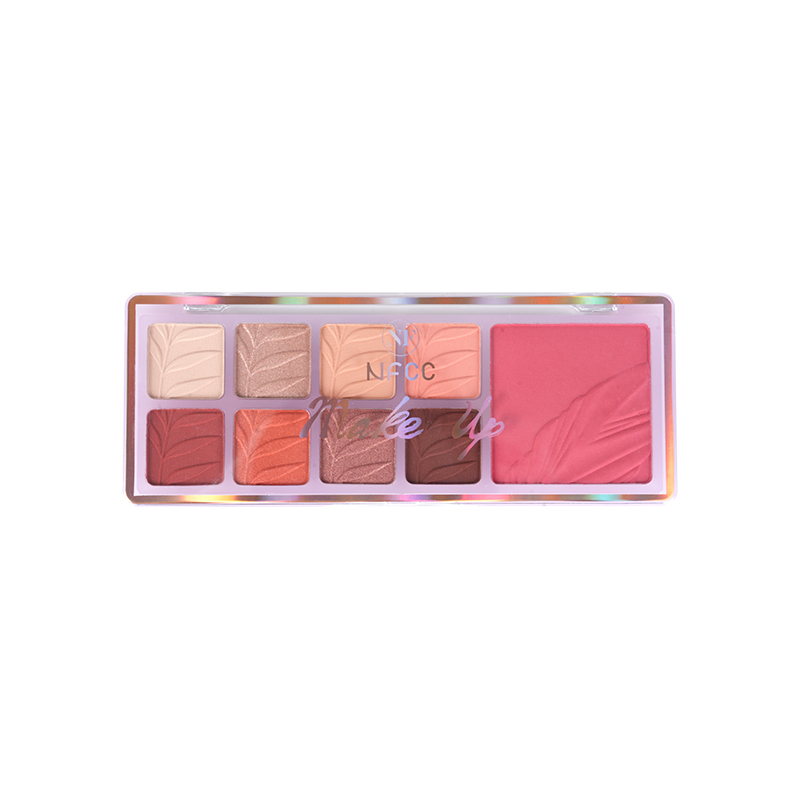
Improving Raw Material Inspection
The journey toward consistent lipstick shades begins with raw material selection. Pigments, waxes, oils, and emollients must meet strict criteria before entering production. By conducting thorough inspections of incoming raw materials, lip stick factories can identify variations that might affect color, texture, or stability. Colorimetric tests and chemical composition analyses are commonly employed to confirm that pigments match the desired hue. Waxes and oils are tested for melting points and viscosity to ensure the lipstick formulation will behave predictably during production.
Standardizing Production Procedures
Even with high-quality raw materials, inconsistencies can arise if production methods vary. Many factories are now implementing standardized processes for mixing, heating, and molding. Automated equipment is often calibrated to maintain precise temperatures and mixing speeds, ensuring that each batch of lipstick achieves the same consistency. Production staff receive training in handling pigments and other sensitive components, reducing the risk of human error. Standard operating procedures are regularly reviewed and updated to reflect improvements in techniques or equipment.
In-Process Color Monitoring
Continuous monitoring during production is another critical step. Lip stick factories use spectrophotometers and digital color analysis tools to check shades at various stages, from raw pigment dispersion to the final molded product. These tools detect minor deviations in color that may not be visible to the naked eye, allowing adjustments to be made before the batch is completed. This proactive approach reduces the likelihood of producing inconsistent shades and less material waste.
Post-Production Quality Checks
Once lipsticks are molded, further quality checks are performed. Samples from each batch undergo visual inspections under standardized lighting conditions to confirm color uniformity. Texture, hardness, and melting behavior are also evaluated to ensure that the lipstick performs consistently when applied. Highlighter palette manufacturers often adopt similar post-production checks, examining powders for smoothness, blendability, and pigment density. These assessments help maintain product reliability and consumer satisfaction.
Packaging and Labeling Considerations
Consistency extends beyond the product itself. Packaging and labeling play a role in how consumers perceive color. Lipstick shades may appear slightly different in various lighting or packaging materials, so factories take care to use standardized containers and printing methods. Labels include accurate shade names and codes to guide consumers, and batch numbers are tracked meticulously to identify any issues that may arise post-distribution.
Collaboration with Clients
Many lip stick factories collaborate closely with cosmetic brands to align production with specific shade requirements. Brands provide detailed color specifications, which the factory then replicates through careful formulation and testing. Regular feedback loops allow adjustments to be made quickly if a batch does not meet the expected criteria. This collaborative approach fosters long-term relationships and ensures that the final product reflects the brand’s identity.
Benefits of Enhanced Quality Control
By strengthening quality control measures, lip stick factories achieve more consistent products and improve overall efficiency. Consistency in color reduces returns and complaints, protects brand reputation, and enhances consumer confidence. Furthermore, the same principles can be applied to other cosmetic products, such as highlighter palettes, where shade uniformity and texture are equally important.
In conclusion, meticulous attention to quality at every stage—from raw materials to packaging—enables lip stick factories to deliver products with reliable, consistent shades. By integrating modern analytical tools, standardized procedures, and ongoing collaboration with clients, cosmetic manufacturers can provide consumers with lipsticks and highlighter palettes that meet expectations in both performance and appearance.

 SEARCH
SEARCH

 English
English Español
Español Português
Português

